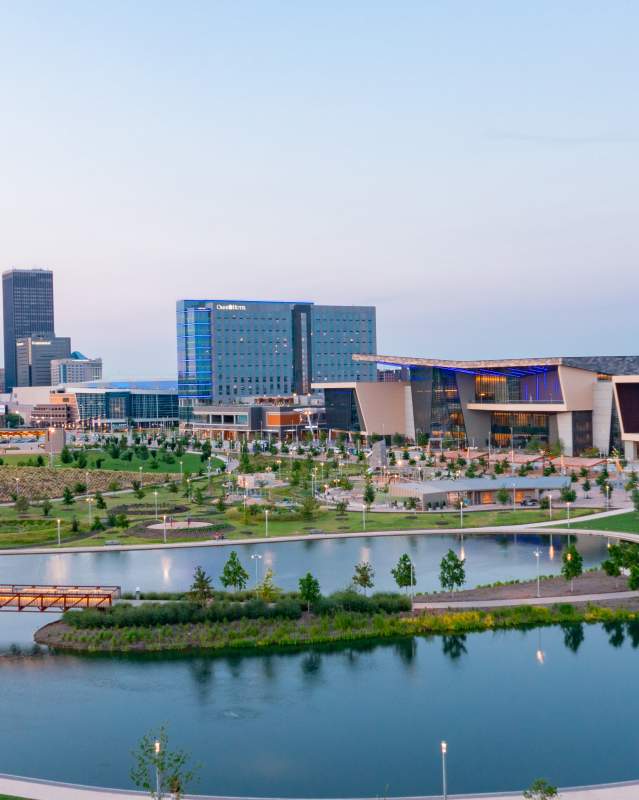More than 4,500 works from the Oklahoma City Museum of Art’s permanent collection can now be viewed digitally from anywhere in the world via collections.okcmoa.com/collections, thanks to generous support from the Kirkpatrick Foundation. Digitization of the Museum’s permanent collection offers several benefits, including preservation, accessibility, and an increased opportunity for research for scholars, researchers, students, and teachers.
“Museums typically only display around 5-7% of their collection at any given time. OKCMOA is no different,” said Maury Ford, director of collections and exhibitions. “Sharing the entire collection virtually allows visitors a deeper connection to the Museum and provides an exciting opportunity for people who might not otherwise have the ability to experience the Museum. Digitizing a collection also allows an institution to track the history of an object’s condition over time and the state of its preservation.”
While maintaining photographic record of the permanent collection has been a priority throughout the Museum’s history, recent advances in technology have vastly expanded the Museum’s capabilities. In 2014 the Museum joined what is now Google Arts & Culture, an online platform where partner institutions can display their works digitally at no cost. In 2020, the COVID-19 pandemic further highlighted the importance of having a digitized collection. The following year, OKCMOA became the first North American institution to participate in the Google Art Camera loaner program. The Google Art Camera is a high-resolution camera that stitches together images to form a giga-pixel image, equivalent to one billion pixels. This means that a digitized painting can be viewed at the brushstroke level.
The grant from the Kirkpatrick Foundation allowed the Museum to hire a professional photographer to take new photographs of the 570 objects in the Museum’s paintings collection, conduct a full collections inventory, and build an internal digital asset management system, and a reimagined collections website. From the Museum website’s homepage, the collection can be found by clicking the “Art” tab, then “Collection.” Visitors can use both simple and advanced search functions and even create an account in order to save their favorite works.
“We hold our collections in trust for the public we serve and now you truly have unlimited access to it whenever it is convenient to you,” said Ford.
Digitizing the paintings collection was the first phase of the process, and in the near future, the Museum will be seeking opportunities to improve the existing digital collection of works on paper, photographs, and 3-D objects. If you are interested in sponsoring the Museum’s digitization efforts, please contact Kimberley Worrell, CFRM at kworrell@okcmoa.com or by phone at 405-278-8227.






